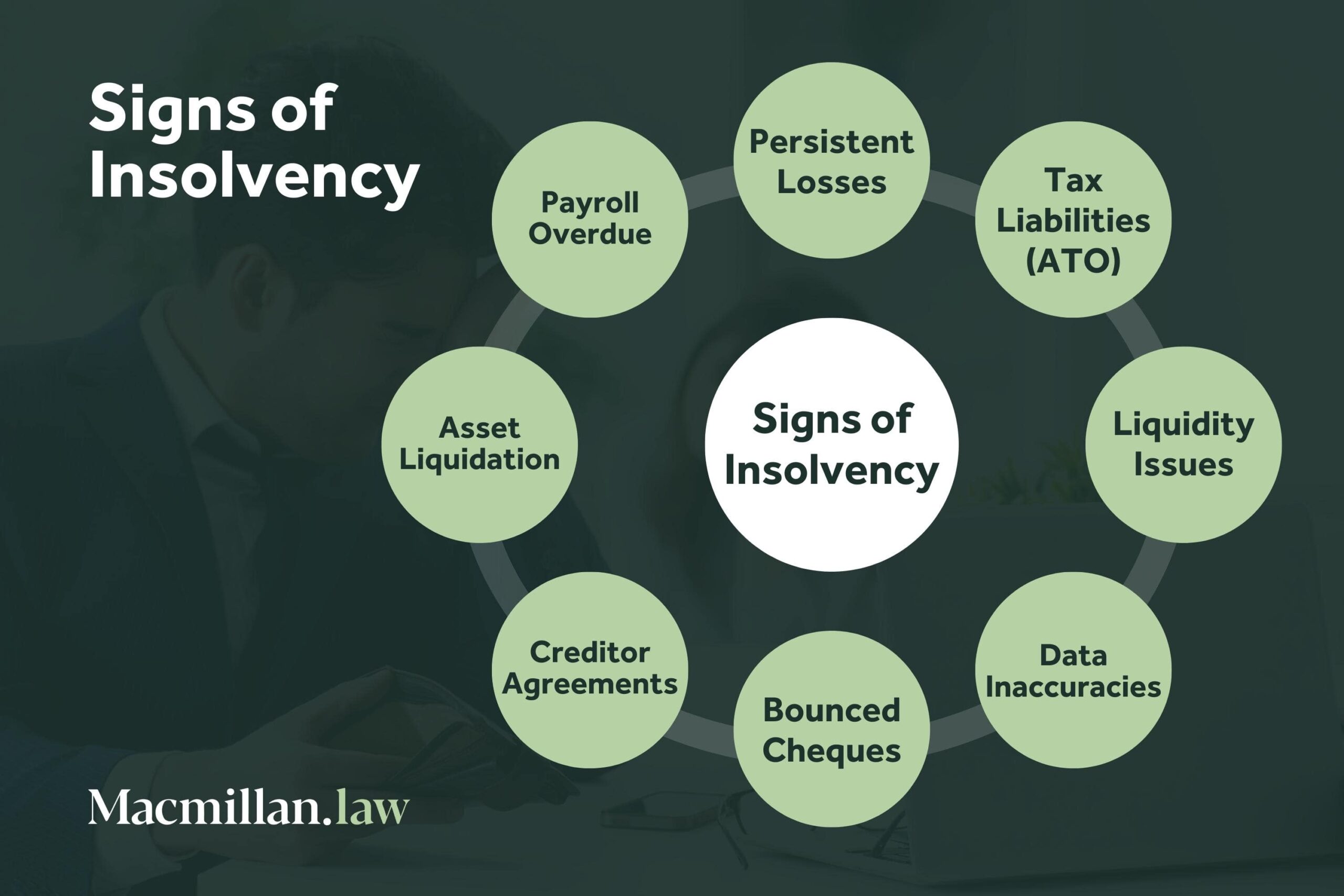Fascination About Insolvency Practitioner
Fascination About Insolvency Practitioner
Blog Article
Insolvency Practitioner Things To Know Before You Get This
Table of ContentsInsolvency Practitioner Fundamentals ExplainedThe Single Strategy To Use For Insolvency PractitionerThings about Insolvency PractitionerFacts About Insolvency Practitioner UncoveredThe smart Trick of Insolvency Practitioner That Nobody is DiscussingSome Known Factual Statements About Insolvency Practitioner Top Guidelines Of Insolvency Practitioner
Insurance is monitored and controlled by state insurance coverage divisions, and one of their primary goals is safeguarding insurance policy holders from the danger of a business in monetary distress. When a business gets in a period of financial trouble and is not able to meet its obligations, the insurance commissioner in the firm's home state initiates a processdictated by the regulations of the statewhereby efforts are made to assist the firm restore its economic footing.If it is established that the company can not be restored, the firm is declared bankrupt, and the commissioner will ask the state court to purchase the liquidation of the business. The insurance policy commissioner, either appointed by the governor or elected, heads the state insurance policy division and monitors and regulates insurance coverage task within the state.
By getting control of a firm, the commissioner (or the insurance department) is, by law, the rehabilitator or liquidator of the business. In this capability, the commissioner or department takes control of the business's operations. Rather than do so directly, the commissioner may retain a special deputy receiver to monitor the business's activities.
Insolvency Practitioner Fundamentals Explained
The receiver oversees an accounting of the firm's properties and responsibilities and administers the estate of the firm. In doing so, the receiver looks for to maximize the business's possessions, transfer them to cash, and afterwards distribute that cash to financial institutions having valid insurance claims against the insurer based on payment top priorities specified by state law (in all states, insurance holders are concern claimants whose insurance claims are paid before those of basic creditors).
All insurer (with limited exemptions) certified to offer life or medical insurance or annuities in a state should be members of that state's warranty organization. The guaranty organization accepts the commissioner and the receiver in pre-liquidation preparation. As soon as the liquidation is purchased, the warranty association supplies insurance coverage to the company's insurance holders who are state homeowners (up to the levels defined by state lawssee listed below; any advantage amounts over the warranty asociation advantage degrees come to be claims against the business's remaining possessions).
The above insurance coverage degrees use individually for each financially troubled insurance company. When an insurance company stops working and there is a deficiency of funds needed to fulfill the obligations to insurance holders, state guaranty associations are triggered. Guaranty organizations have subrogation rights to a proportionate share of the possessions staying in the fallen short insurer.
Insolvency Practitioner Things To Know Before You Get This

NOLHGA establishes a task pressure of depictive warranty organizations to deal with the insurance commissioner to create a plan look what i found to safeguard insurance policy holders. For additional information on NOLHGA's role in the procedure, see "What Is NOLHGA?" and "The Safeguard at the workplace." [Back]
You are right here: Insolvency is when a company or individual can't pay financial debts when they are due. There are several alternatives offered to a financially troubled company or individual: ASIC regulates firms, it does not handle personal insolvency treatments. To learn more about personal bankruptcy and personal bankruptcy contracts, visit the Australian Financial Protection Authority site.
Fascination About Insolvency Practitioner
Predictive security by assisting you choose the ideal consumers and the right markets to prevent uncollectable bill in the very first area, many thanks to acute financial analysis - Insolvency Practitioner. Thorough market knowledge, giving you with 360-degree visibility on company markets and approaching troubles. It would certainly be a simplification to assume a profession credit insurance begins and ends with premiums and pay-outs
This can happen for a number of factors, including bad monetary administration, unforeseen expenses, or an adjustment in the market. If a company is insolvent, it might be compelled to shut down or sell properties to pay financial institutions. This can have a significant influence on business, staff members, and investors.
It can cause work losses, possession sales, and even bankruptcy. It is essential to understand just how company bankruptcy jobs and how it can affect your organization. Why does a firm become part of insolvency? There are a variety of reasons a company may enter into insolvency. The most usual factor is that the company is incapable to pay its financial debts as they fall due.
4 Easy Facts About Insolvency Practitioner Explained
Various other reasons for insolvency consist of fraudulence, mismanagement, and unforeseen costs. Bankruptcy can additionally lead to work losses and the closure of services.
This can have severe ramifications for the company, its stakeholders, creditors and the economic situation. The firm might be forced to sell resource properties, lay off staff or perhaps shut down. This can have a knock-on impact on the local area and the economic climate all at once. Creditors might be left out of pocket and the company's investors might see their investment vanish.
This can occur for a variety of reasons, including bad financial administration, unexpected prices, or a change in the market. If a business is insolvent, it may be compelled to shut down or sell assets to pay financial institutions. This can have a major influence on business, workers, and investors.
Some Known Questions About Insolvency Practitioner.
Why does a business enter right into bankruptcy? There are a number of factors why a business may enter into bankruptcy.
Other reasons for bankruptcy consist of scams, mismanagement, and unforeseen costs. Insolvency Practitioner. When a company ends up being financially troubled, its possessions are used to pay off its financial debts. This can have a significant effect on the company, as i loved this it might no more be able to continue running. Insolvency can also bring about task losses and the closure of companies.
The Main Principles Of Insolvency Practitioner

Report this page